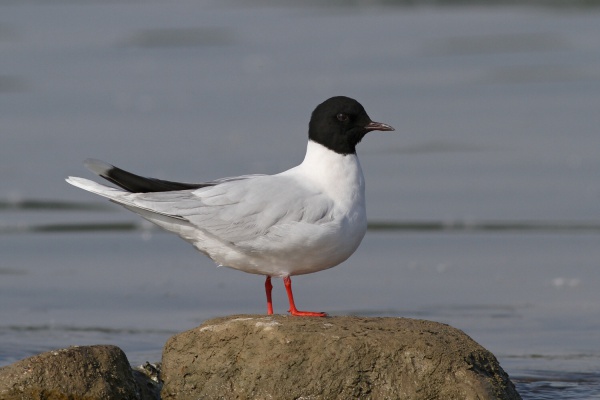Facts About Little gull
The Little Gull is a charming, petite gull species that breeds in northern Europe and the Palearctic region. Its genus name, Hydrocoloeus, stems from the Ancient Greek words for "water" and a type of web-footed bird. The species name, minutus, aptly translates to "small" in Latin, fitting this tiny seabird perfectly. Small colonies of Little Gulls can also be found in parts of southern Canada. During winter, they migrate to the coasts of western Europe, the Mediterranean, and the northeastern United States.
These gulls prefer breeding in colonies situated in freshwater marshes, where they construct their nests on the ground amidst vegetation. Typically, a nest contains between 2 to 6 eggs. The Little Gull holds the distinction of being the smallest gull species, measuring just 25-30 cm in length, with a wingspan of 61-78 cm, and weighing between 68-162 grams. In breeding plumage, this gull is pale gray with a striking black hood, dark underwings, and a subtle pinkish tint on its breast. In winter, its head becomes mostly white, retaining a darker cap and an eye spot, while its bill is thin and black, and its legs are dark red. Juvenile Little Gulls have black markings on their heads and upperparts, with a distinctive "W" pattern across their wings. It takes about three years for them to reach full maturity.
As for their diet, Little Gulls have a unique feeding style. They pick food off the water surface and catch insects mid-air, similar to black terns. Interestingly, the Little Gull is the sole member of the genus Hydrocoloeus, although there have been discussions about including Ross's Gull in this genus as well.

 Sudan
Sudan